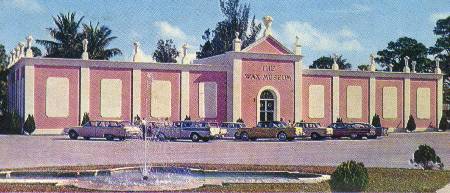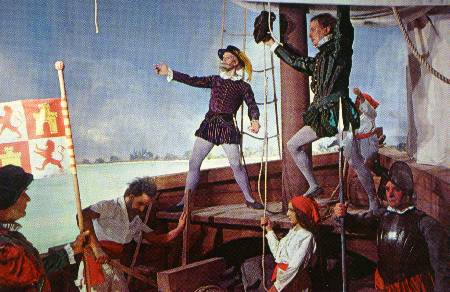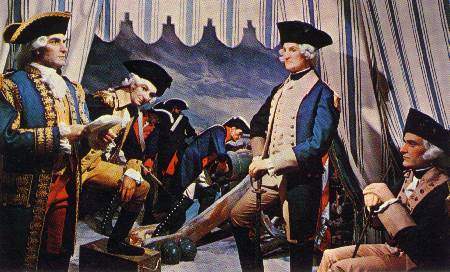
 |
Miami Wax Museum |
|
Home Attractions List Books Poster Gallery Timeline
|

Umberto Eco, in his Travels in Hyperreality (1991) noted that: "The whole of the United States is spangled with wax museums, advertised in every hotel in other words, attractions of considerable importance." He examines several California wax museums, finding in them a metaphor for what he sees as the inauthenticity of American society, and, lest we assume this phenomena is peculiar to California, he reminds us of museums in other states including that ". . .in Florida there is the Miami Wax Museum, Potter's Wax Museum of St. Augustine, the Stars Hall of Fame in Orlando, the Tussaud Wax Museum in St. Petersburg." 
Eco seems to have missed that these attractions were, even as he was writing his essay, increasingly unimportant to the tourist, their popularity failing, some even having gone out of business before his words hit the presses. Today, of those on his Florida list only Potter's survives, and it only in an abbreviated form from what it once was in its heyday (both of the California attractions he profiles, Movieland Wax Museum and the Palace of Living Art, have also since closed). Those wax museums that survive today are more an artifact of our past than a model for our future. 
The Miami Wax Museum, once located at 13899 Biscayne Boulevard in North Miami Beach, was very much an artifact of the early 1960's, with, aside from a few Presidents and Astronauts added later, historical displays that came to a chronological end at the Kennedy assassination. Despite Eco's emphasis on a wax museum's chamber of horrors and on the obligatory Last Supper tableau, the Miami Wax Museum had neither. Its emphasis was on Florida and United States history, beginning with the voyage of Columbus, told in elaborate stage settings with plenty of wax extras filling out the scenes in addition to the historical figures depicted. The museum also featured a push-button sound system with recorded descriptions of the scenes available in both English and Spanish. Although large and elaborate for its time, as the years went on the museum faced a problem common to wax museums: they're static. While the
The area around the Miami Wax Museum wasn't static, however, it was in decline, and so was the museum's business. Tourist traffic, once strong on Biscayne Boulevard, had been dropping off for some time, with what was left rerouted to I-95 and elsewhere. The museum closed on February 19, 1984, and the figures were subsequently sold at public auction, bringing in approximately $175,000 . The building had already been purchased for $750,000 in cash by State Sen. Gwen Margolis, who planned to turn the museum into a Mediterranean-style office building in hopes of revitalizing the area. |
|
Return To Florida's Lost Tourist Attractions Postcard images from the author's collection.
In case you didn't read the text above: this attraction is closed. This site Copyright (c) 1997-2011 by Robert H. Brown
|